Nepal’s Political Landscape Shifts as Major Party Exits Coalition
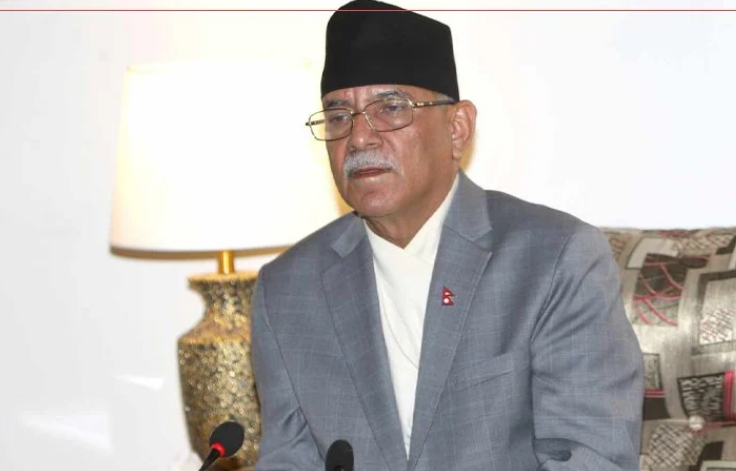
KATHMANDU, Nepal — In a significant political development, Nepal’s second largest party, the Communist Party of Nepal (Unified Marxist Leninist), announced its withdrawal from the government on Thursday. This move intensifies the pressure on Prime Minister Pushpa Kamal Dahal to resign.
The withdrawal was marked by the resignation of all the party’s ministers late Wednesday, following an agreement signed on Tuesday with the Nepali Congress, Nepal’s largest party. The agreement aims to establish a new coalition to govern for the remaining three years before the next general elections.
Prime Minister Dahal, who has been in office since December 2022, has been leading a precarious coalition government. His party finished third in the last election, leading him to frequently switch coalition partners to maintain a majority. In March, Dahal survived a no-confidence vote after a smaller coalition party defected. He now faces the challenge of seeking a confidence motion within a month if he does not step down immediately.
This is Dahal’s third term as prime minister since his Maoist group ended its armed insurgency and joined mainstream politics in 2006. Known as Prachanda, or the “fierce one,” Dahal led a decade-long violent insurgency from 1996 to 2006, which resulted in over 17,000 deaths and many unresolved disappearances.
After transitioning to politics, Dahal’s party won the most parliamentary seats in 2008, making him prime minister. However, he resigned a year later due to disagreements with the president.
The current political turmoil underscores the instability that has plagued Nepal’s government in recent years, as shifting alliances and coalition politics continue to dominate the landscape.






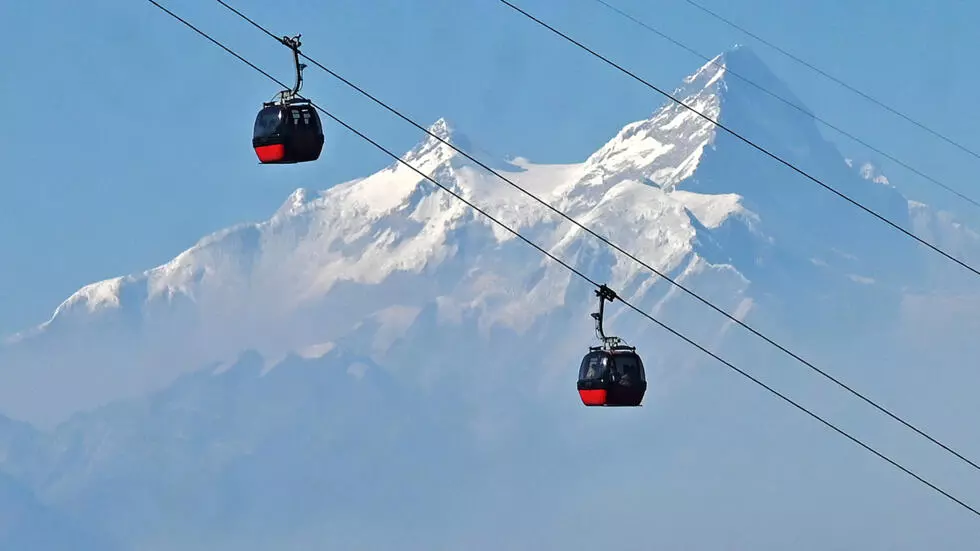
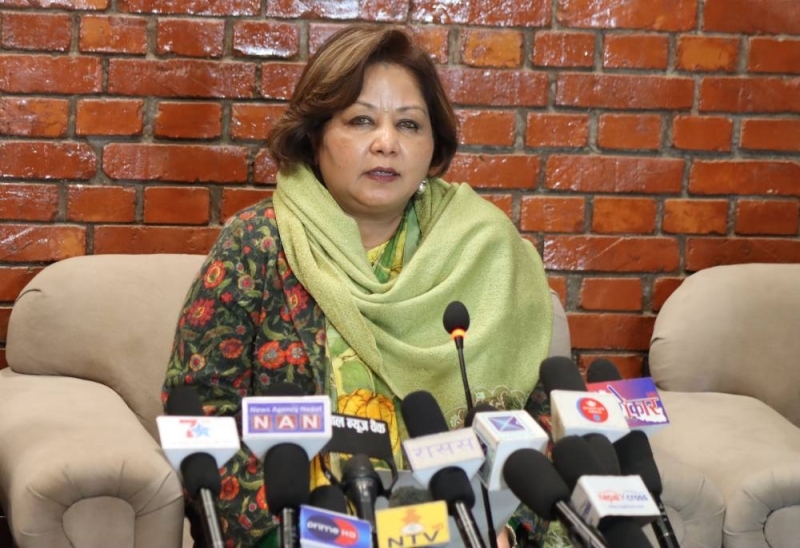
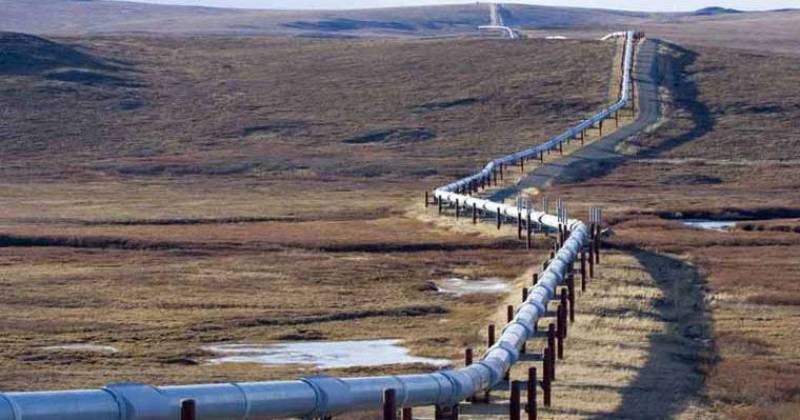

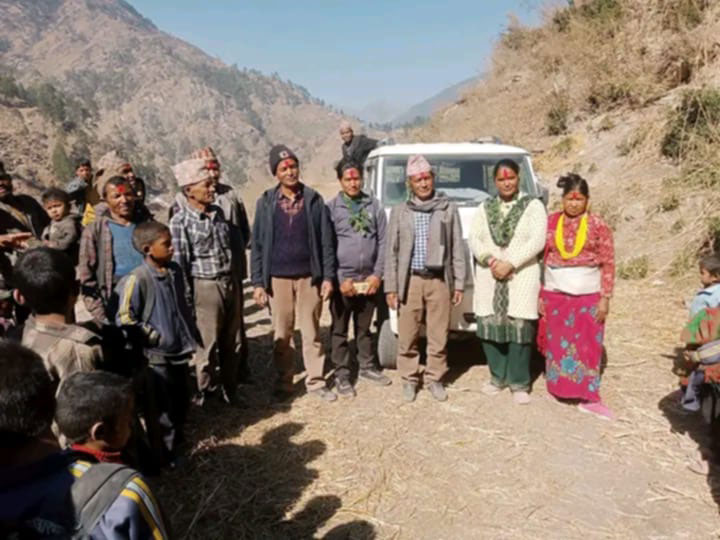
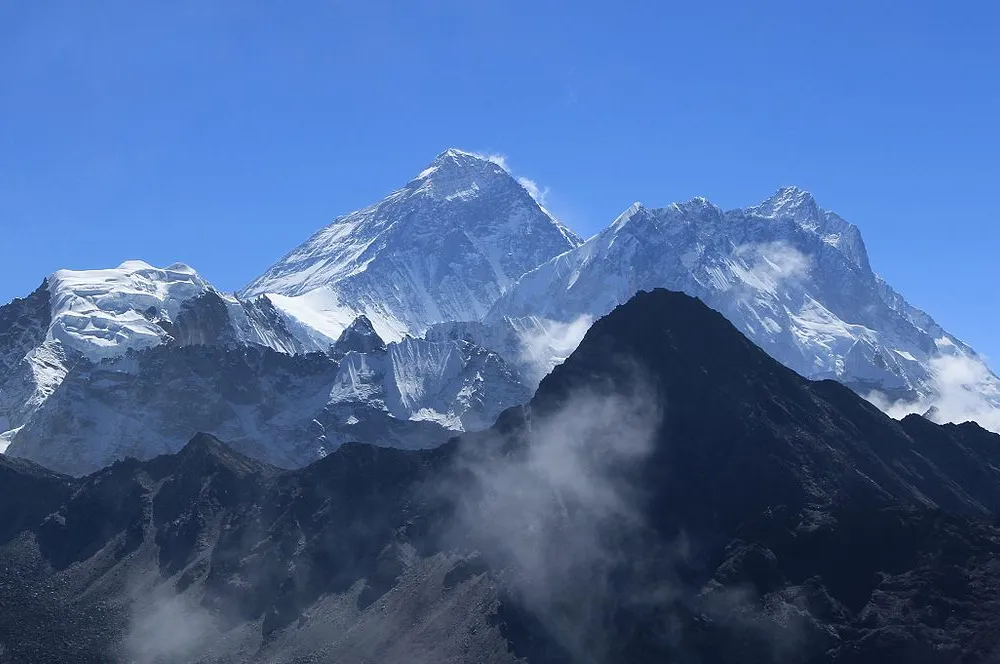
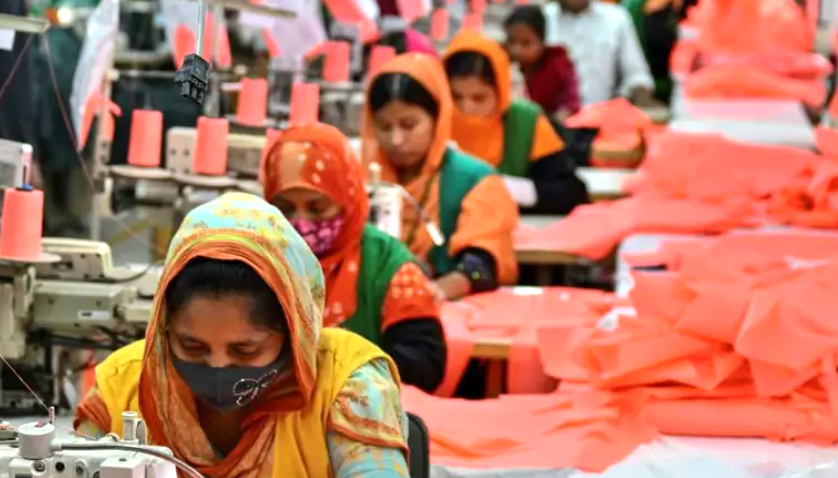
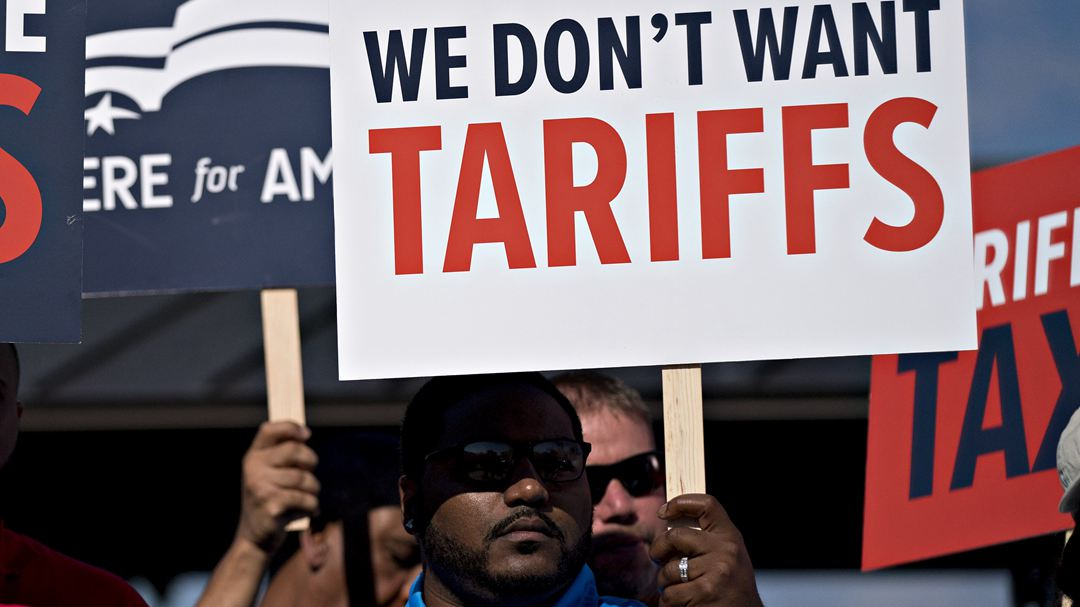





Facebook Comments